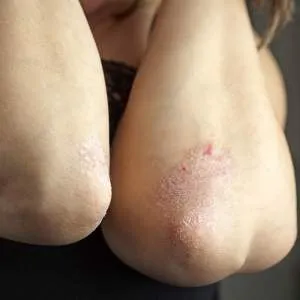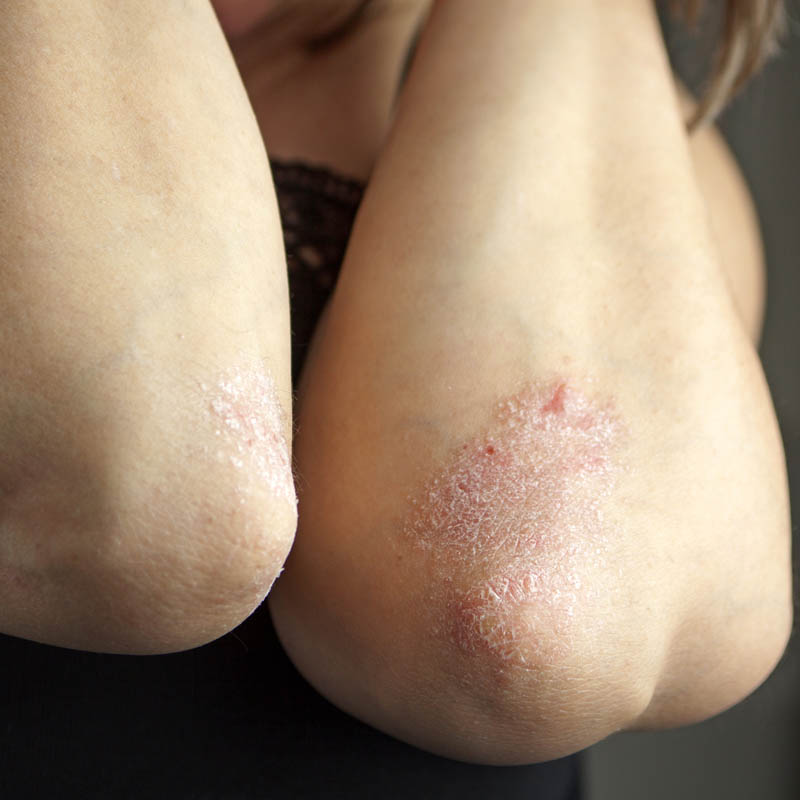
1. Plaque Psoriasis
This type is the most common, affecting 80 percent of people who have the disease. It’s characterized by raised, red patches on the skin covered with white, scale-like formations. These typically appear on the elbows, knees, scalp, and lower back, though they can also spread to other areas.
2. Guttate Psoriasis
Most common in children and young adults, guttate psoriasis manifests as small red dots on the torso, limbs, and scalp. It’s often triggered by another illness, such as strep throat, and often goes away on its own after a few weeks.
3. Inverse Psoriasis
Often described as plaque psoriasis without the scales, these red, shiny patches of skin commonly appear in sweaty areas such as the armpits, groin, and undersides of the breasts.
4. Pustular Psoriasis
While uncommon, pustular psoriasis is one of the more unpleasant forms of the disease. It manifests as pus-filled, painful bumps on the skin along with fever, chills, nausea, or weakness. While it is often just in small patches, pustular psoriasis is quite dangerous when it spreads to the entire body.
5. Erythrodermic Psoriasis
The most dangerous type of psoriasis is also the least common. If your skin suddenly develops a widespread red rash combined with itching, burning, peeling, or fever, seek immediate medical attention.
6. Nail Psoriasis
Often occurring in conjunction with other forms of the disease, nail psoriasis is characterized by changes in the nails, such as tenderness, pain, color changes, and a chalk like growth under the nails as well as separation from the nail bed.
7. Psoriatic Arthritis
Many people with psoriasis also develop arthritis. This means that in addition to the skin and nail changes that occur with psoriasis, you may also experience joint pain and swelling, particularly first thing in the morning.
While psoriasis is a chronic disease, meaning that there is no cure, treatment options exist that can help minimize symptoms and maximize quality of life. These include identifying and eliminating triggers, such as stress; taking medications, either orally, intravenously, or by injection; undergoing light therapy; topical ointments; and alternative medicine such as acupuncture. Many people rely on a combination of these methods. Your dermatologist can recommend a course of treatment that’s right for you, depending on the type of psoriasis you have and other factors.
